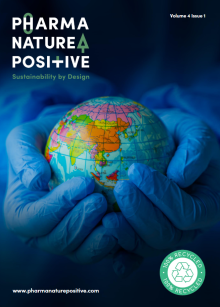Global distribution of life-saving pharmaceuticals is incredibly complex, with several different components from warehouse to final delivery. At each stage, providers must make sure strict temperature requirements are met across varying climates and infrastructures. As a result of global warming, the increase of unpredictable weather patterns and increased temperatures is making distribution even more challenging. To combat this, manufacturers, logistics providers and distributors are having to work together to implement new strategies and routes whilst trying to keep costs down. However, someone vital is often being missed out of the conversation.
As witnessed during the pandemic, packaging providers play a crucial role in the delivery of lifesaving medicines. By building relationships with these providers now, logistics can adapt to ensure continued effectiveness of cold chain distribution as we prepare for the increase of extreme weather.
Cold Chain Needs to be Smarter, Not Just Stronger
Supply chain disruptions can easily cause issues with the delivery of supplies and treatments. Global warming will create unpredictable conditions, with flooding, landslides and storm damage. These extreme weather fluctuations will impact routes and mean that future packaging may need to handle freezing temperatures, extreme heat and humidity all in one journey.
Ensuring reliability and efficiency is vital. Availability of packaging solutions must be successfully managed, and the industry must position themselves to be able to predict and prepare for all disruptions. The extreme weather fluctuations will mean a one-size-fits-all approach will no longer be viable. Instead, data-driven risk analysis and route-specific adaptation will be key. Manufacturers will need to factor in seasonal and regional climate risks when planning distribution.
One solution to these evolving challenges is integrating AI into the cold chain. AI-driven insights can help optimise routes, reduce waste and lower costs. By analysing historical data and predicting climate patterns, the most efficient, reliable and unaffected delivery routes can be determined. This not only cuts costs but also supports the timely and reliable delivery of medicine and minimises environmental impact. AI will need real-time data on transportation conditions, such as weather patterns and temperature fluctuations, to determine the correct route and solution type needed for a successful delivery.









